There are dozens of methods to remain warm throughout the winter months, but throwing on a giant fuzzy sweater or cardigan sits comfortably at the top of many people’s lists. But for those living a vegan lifestyle, wool is something to be avoided. It could sneak under the surface for some, but – as we shall show – there is very little certainty that wool is not vegan friendly.
Have you ever wondered if wool is vegan? Many individuals have. Well, for those of you who want to know what wool is truly made of and is usually vegan-friendly, you are in luck. In this post, we will be looking at what wool is made of and what it means to the wool business.
Table of Contents
Is Merino Wool a Vegan Material?
Quite simply, wool does not conform to vegetarian or vegan standards. Vegans, by definition, do not engage in any animal exploitation, whether it be for food, clothes, or any other reason. Wool, as a result, is categorically not vegan.
When it comes to wool, the unpleasant fact is that the wool business abuses sheep, and there is evidence to suggest that this causes severe harm to the animals in question.
Despite this, many people still believe that shearing a sheep’s fleece is a completely innocuous activity, as images of sheep shearing are frequently connected with the purity of shaving a pet. The wool industry, on the other hand, is far from it.
Why Isn’t Wool a Vegan Material?
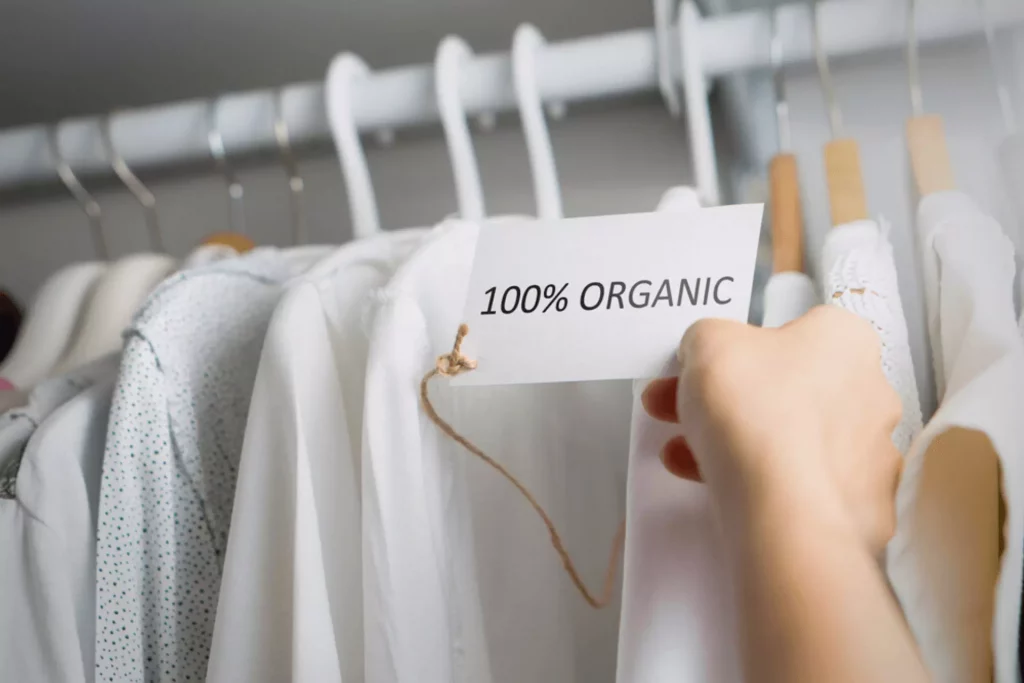
When you commodify a live being, there is an inevitability difference in how different people see the being. Often, business and profit take precedence over one’s well-being.
The commercialization of wool has developed an industry that causes enormous and continuous suffering to sheep worldwide.
Is the Production of Wool Cruel to Animals?
There are evident moral difficulties for vegans, and many non-vegans, about the notion of keeping animals in captivity for the bulk of their lives before murdering them to provide food for humans. Those who oppose animal cruelty are less likely to say the same about wool.
After all, it is frequently the case that sheep are largely let to wander free and graze in broad open expanses for most of the year, except for giving birth and shearing being brought in. I think that’s a lot better than the life of battery hens!
Aside from that, shearing – the procedure of cutting an animal’s fleece – is not nearly as brutal as other industries, such as fur production, which necessitates the death of the animals. Although this is true, it does not give the entire story.
The following are a few brief insights regarding some of the additional procedures that are now being used – or have been used – to supply wool for human use.
Mulesing:
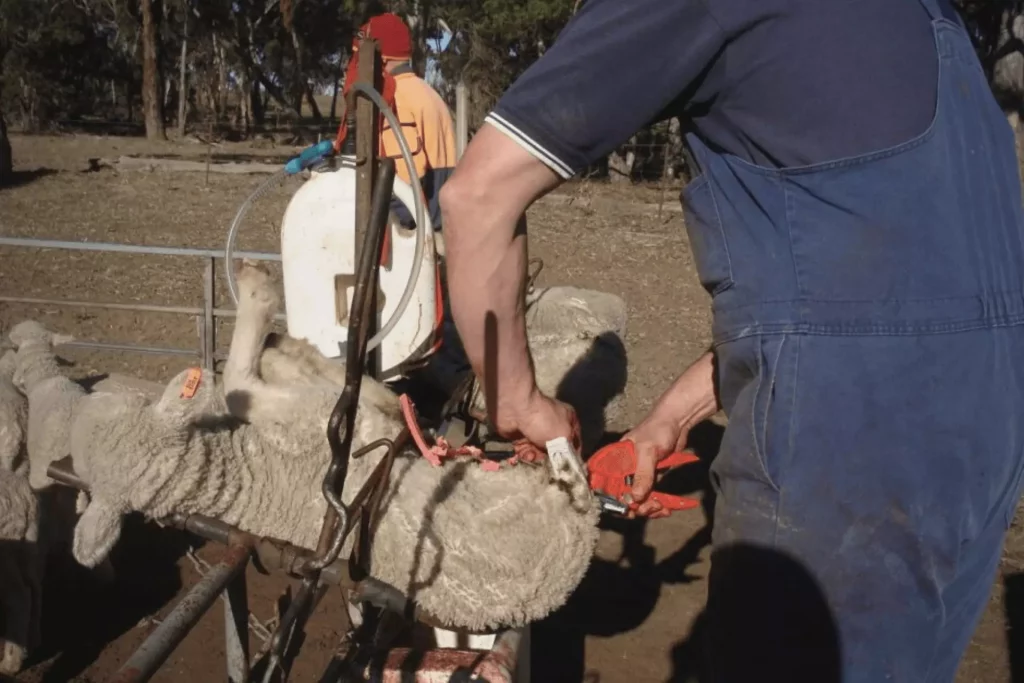
Mulesing is a term that many people have never heard of before. There’s a good reason why this isn’t a phrase that most people are acquainted with.
Mulesing is the technique of removing huge sections of a sheep’s skin off young wool-producing sheep, which many farmers practice. This is frequently done without the use of anesthetics or veterinary assistance.
It is said to be done to prevent the animals from succumbing to infections characterized by flies that bury themselves in the rear skin of the animals. However, the animals endure great pain during the treatment and several weeks after their wounds heal. A large number of sheep are killed as a result of this activity.
Tooth Grinding:
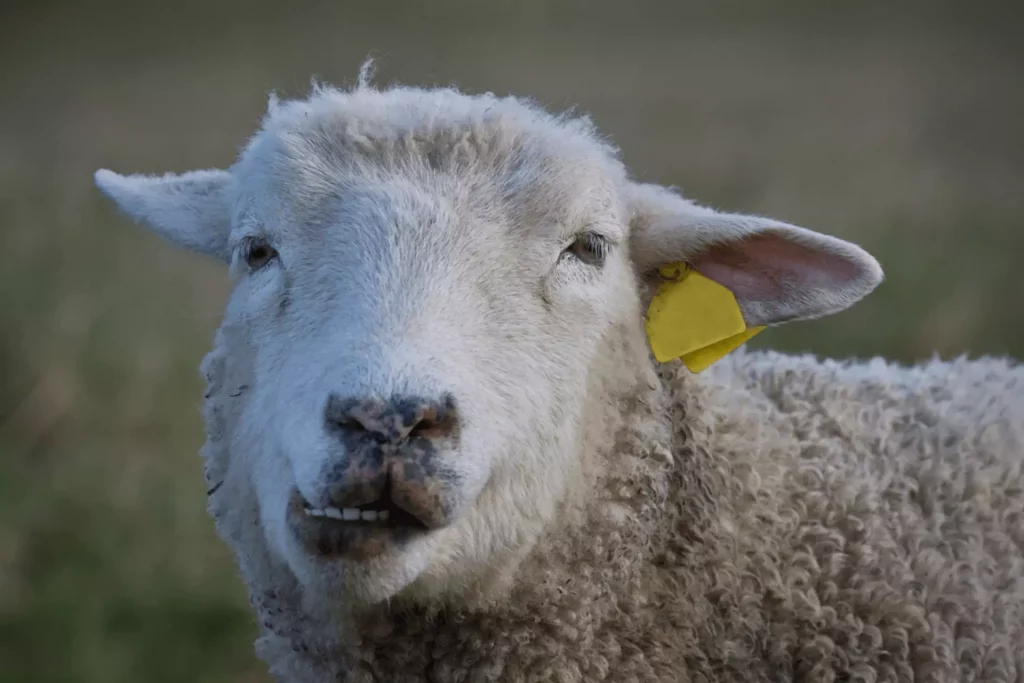
Historically, tooth grinding and tooth trimming were activities carried out on certain sheep based on (probably incorrect) ideas that the techniques may somehow boost productivity because it is more difficult for a sheep with long teeth to graze.
The techniques were both harsh and fundamentally meaningless, and they were condemned. The practice of tooth grinding in sheep is outlawed under UK legislation.
Heat Exhaustion:
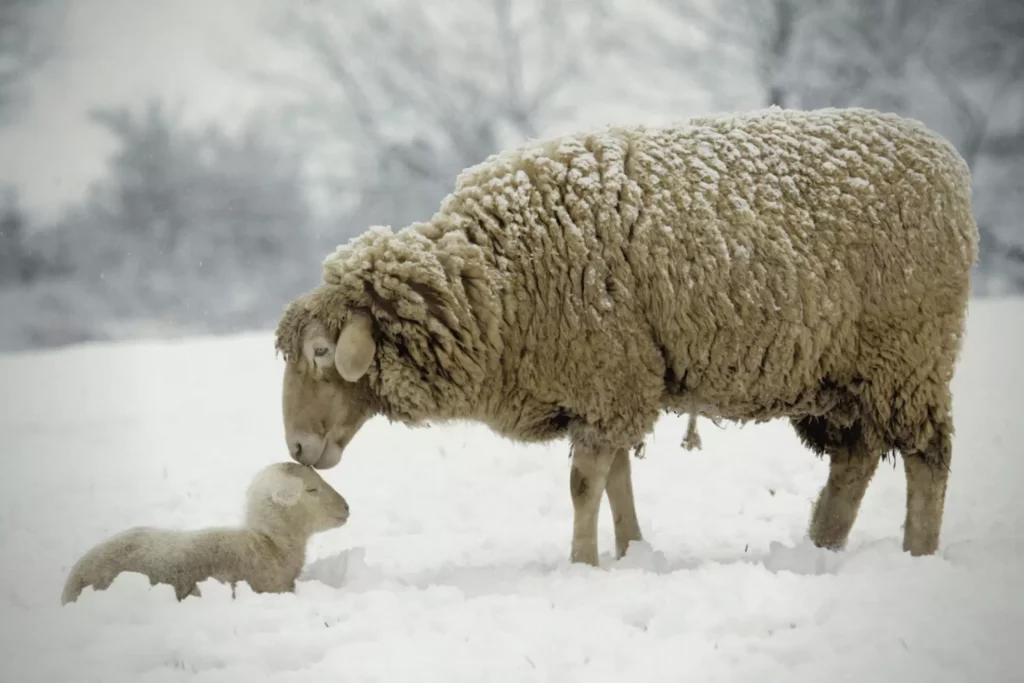
Even though wool is most commonly worn in cold locations, it is not usually produced in such climates. In fact, despite its reputation for being scorching hot, Australia is one of the world’s leading exporters of wool. Wool overload on the sheep can lead them to collapse, and they may not be able to make it through the summer months if they do not get enough rest.
The creases in the sheep’s skin are also typical for flies to deposit their eggs. In warmer regions, this is caused to the accumulation of urine and moisture in the air. Larvae can consume sheep once they have hatched.
Living Conditions:

Many of these animals are kept in agonizing “living” circumstances on factory farms, where they are subjected to cruel treatment. These creatures, who have been confined to tiny quarters for years on end, receive no exercise, no sunshine, no fresh air, and in many cases, very little nourishment.
They are kept motionless to prevent them from becoming too dirty, allowing them to be sheared repeatedly, producing the “finest” wool.
In response, many of these sheep go wild, rocking back and forth constantly or whirling around in circles, and the majority of them die before they have ever been permitted to wander freely in the open air.
Shearing:
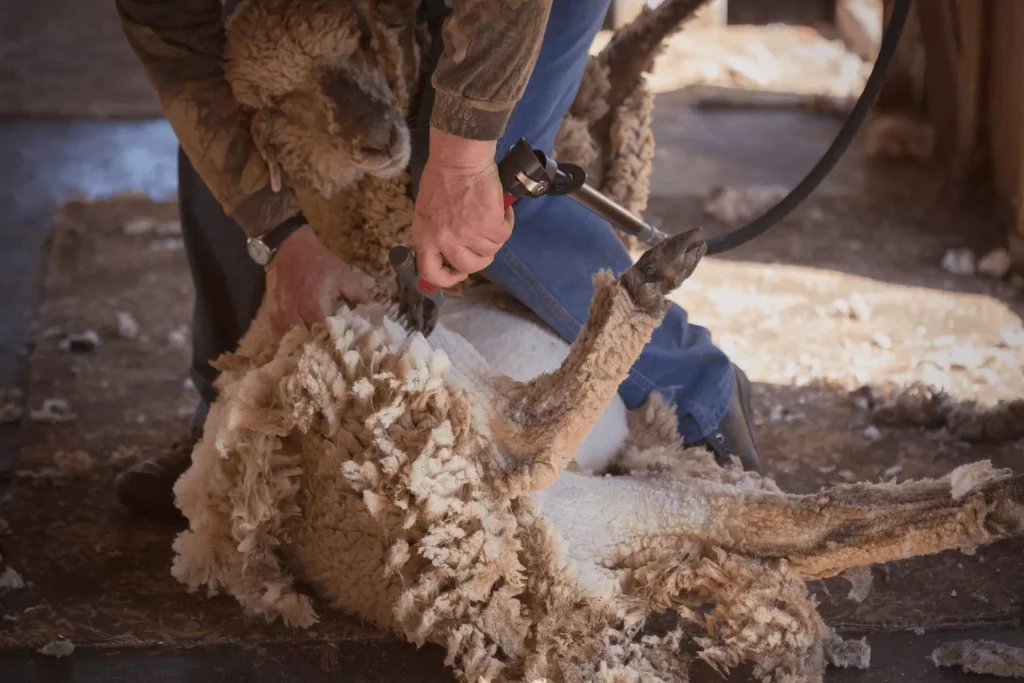
Shearing is a fast-paced operation, and while shearers are meant to be competent and well-trained, this is not the same as going to the barbershop, and the animal being sheared will almost always suffer cuts due to the process.
Shearing is required at least once a year for many of the breeds of sheep used for the wool industry since many of them have been developed such that their wool does not stop producing. If their winter coats get too long or thick, this can lead to overheating in the summertime.
Frequently Asked Questions:
Is wool devoid of animal byproducts?
The well-being of lambs is prioritized over the pursuit of profit. Even before sheep shearing is examined, it is evident that this is an enterprise that is not committed to animal welfare.
Is it permissible for vegans to dress in wool?
Wool, on the other hand, is not vegan. Because wool is an animal product and vegan is a way of life that tries to avoid all animal-derived items, including food, apparel, makeup, entertainment, and sports that include the usage of animals, wool is not vegan by definition.
What is the reason that wool is not cruelty-free?
Quite simply, wool does not conform to vegetarian or vegan standards. Vegans, by definition, do not assist in any animal exploitation, whether it be for food, clothes, or any other reason. Wool, as a result, is categorically not vegan.
Bottom Line:
We hope you found our blog post about merino wool informative and interesting! Merino wool is derived from sheep’s wool and is frequently used to produce apparel items such as socks, undergarments, and even sweaters and other knits. So, is merino wool a vegan material? Well, it can be, but it isn’t usually the case.

